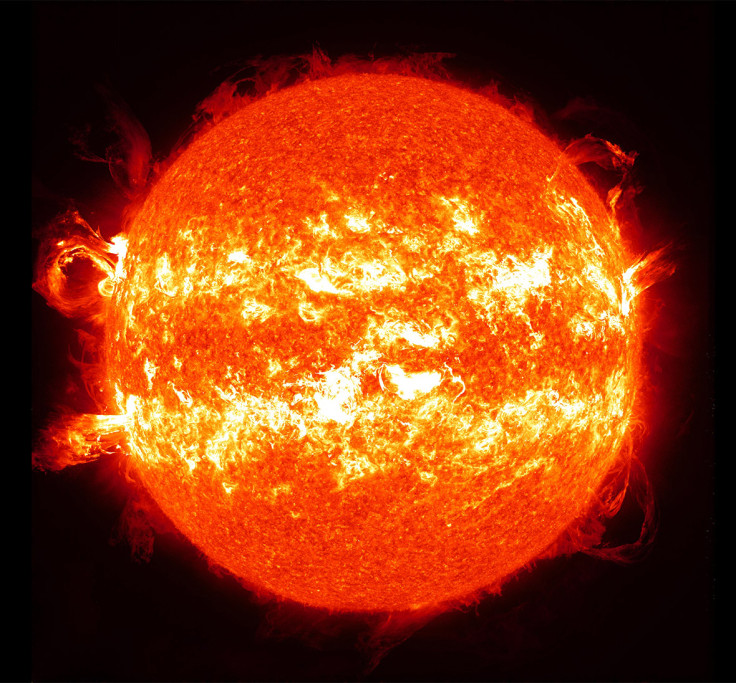Australia's Solar Power Revolution Could Change The World

Solar power is coming to the fore as a major future source of global energy, experts say.
In Australia, where there are 1.2 million homes with solar panels installed on roofs, the growth of solar power has been so profound that wholesale prices of electricity have been driven low enough that few coal generators in Australia made a profit last year.
In the state of Queensland this week for several days the price of electricity, normally around $40-$50 a megawatt hour, hovered around zero.
The solar power industry is set to grow even further, with financial predictions from Bloomberg New Energy Finance suggesting that in Australia and Asia the use of rooftop solar panels could rise sixfold over the next decade.
Australian scientists have achieved an important milestone in the solar power industry, by harnessing the sun's energy and creating comparable temperatures and pressures to conventional coal and gas-fired powered stations.
Scientists at a research centre in Newcastle, Australia, used a field of mirrors to catch the sun's rays and reflect them on to a receiving tower. Harnessing the sun's rays in this way creates temperatures up to 570°C, which, when combined with extremely high pressures, produces "supercritical steam", which current solar power plants have been unable to make.
Researchers in the solar power industry said producing supercritical steam from solar power could eventually reverse Australia's reliance on fossil fuels, if the technology can be sustained.
Australia is one of the world's worst per capita emitters of fossil fuels and is heavily reliant on coal-fired power stations. There is a carbon tax levied on heavy polluters, but Prime Minister Tony Abbott has promised to scrap the tax as part of his Conservative party's pre-election campaign, to the dismay of climate change campaigners.
Amanda McKenzie, CEO of the Climate Council, said: "The US has a target to reduce coal emissions by 30% by 2020. China has indicated that they'll put absolute targets on their emission reductions, they have an emissions trading scheme that will cover a quarter of a billion people. The Indian prime minister wants to put solar panels on every roof in India. Australia is part of a global community that is acting - and we need to play our part."
And some other uses of solar energy...
Solar energy to charge your mobile phone
Innovative companies are developing other options for charging your electronic devices for free using the sun's energy. .
Speed cameras
- Watch out - as many speed cameras curently make use of solar panels during the day to be able to capture images of speeding drivers. And yes, they do still work at night.
Solar powered rubbish cans
- Solar trash cans can reduce the impact of trash in cities. Powered by the sun, these receptacles allow the cans to store more trash, thus lowering the operating costs, fuel consumption, and greenhouse gas emissions associated with garbage collection by up to 80%.
A solar stadium
- Taiwan's 50,000 seater dragon-shaped National Stadium generates 100% of its electricity from photovoltaic technology through its 8,844 solar panels that illuminate the track and field with 3,300 lux.
A solar plane
- The Solar Impulse plane, composed of 12,000 solar panels, can fly day and night. It's currently undergoing test flights, but it's working towards a record-breaking round-the-world journey.
One of the main problems with electricity, however, is storage and distribution. Here, too, there may soon be progress, if this Russian project to build a wireless electricity transmission tower, using designs left by wayward genius Nikola Tesla, ever gets off the ground.
The project is currently seeking funds via Indiegogo. Watch the video on YouTube, below.
© Copyright IBTimes 2025. All rights reserved.





















